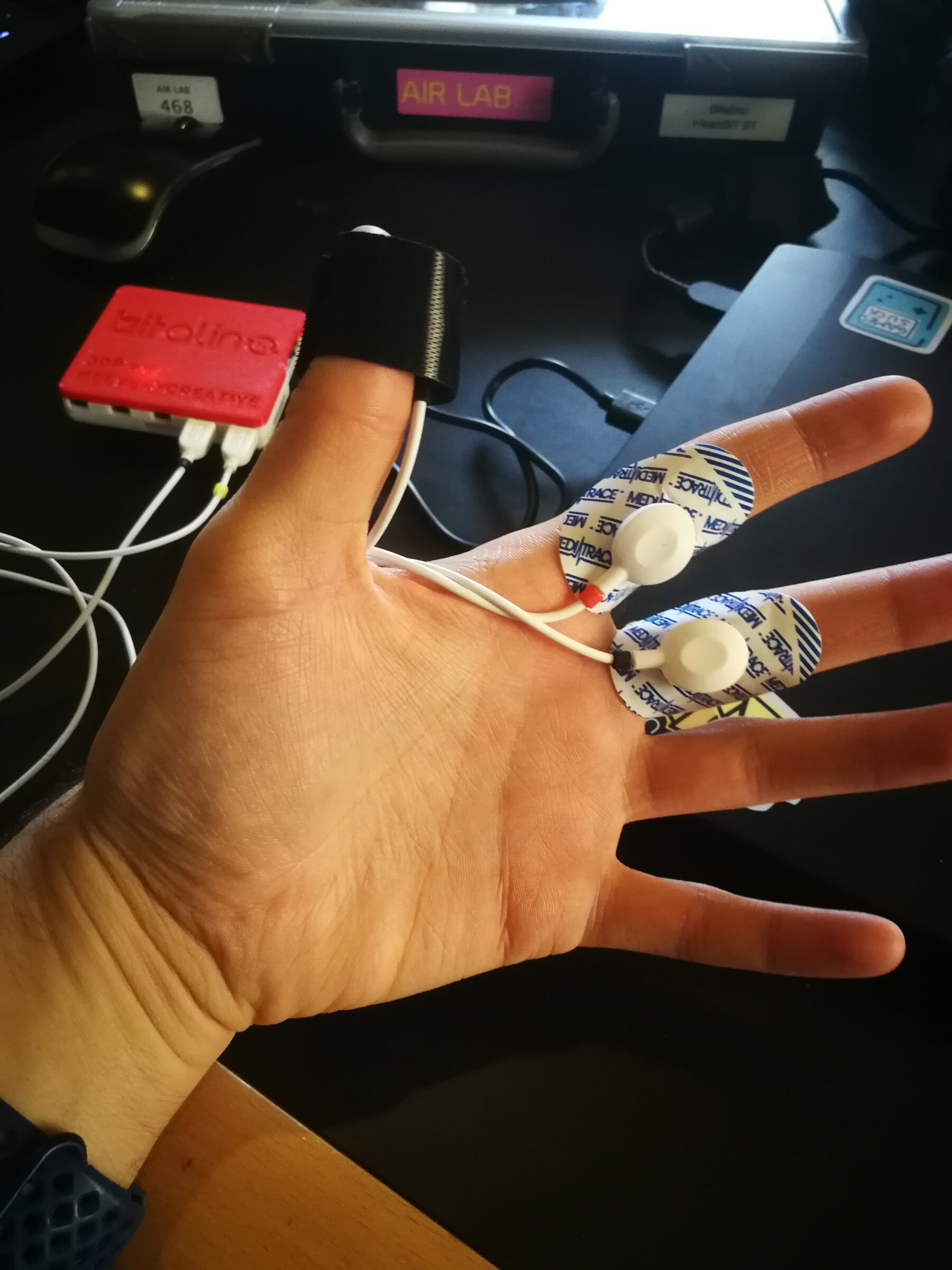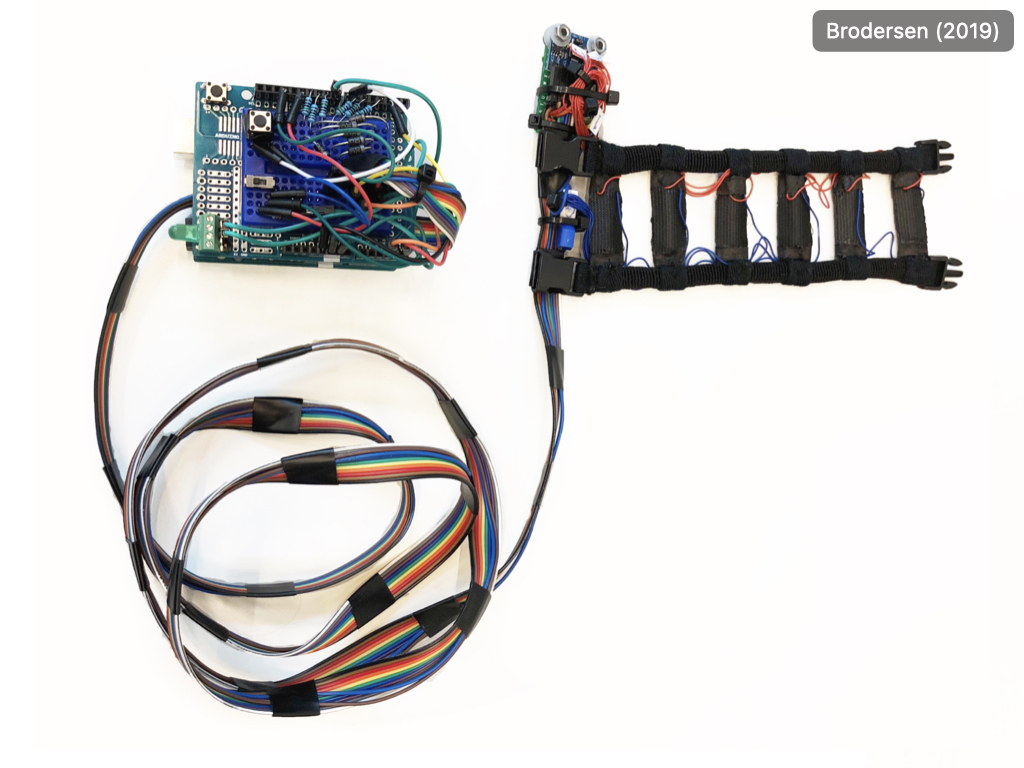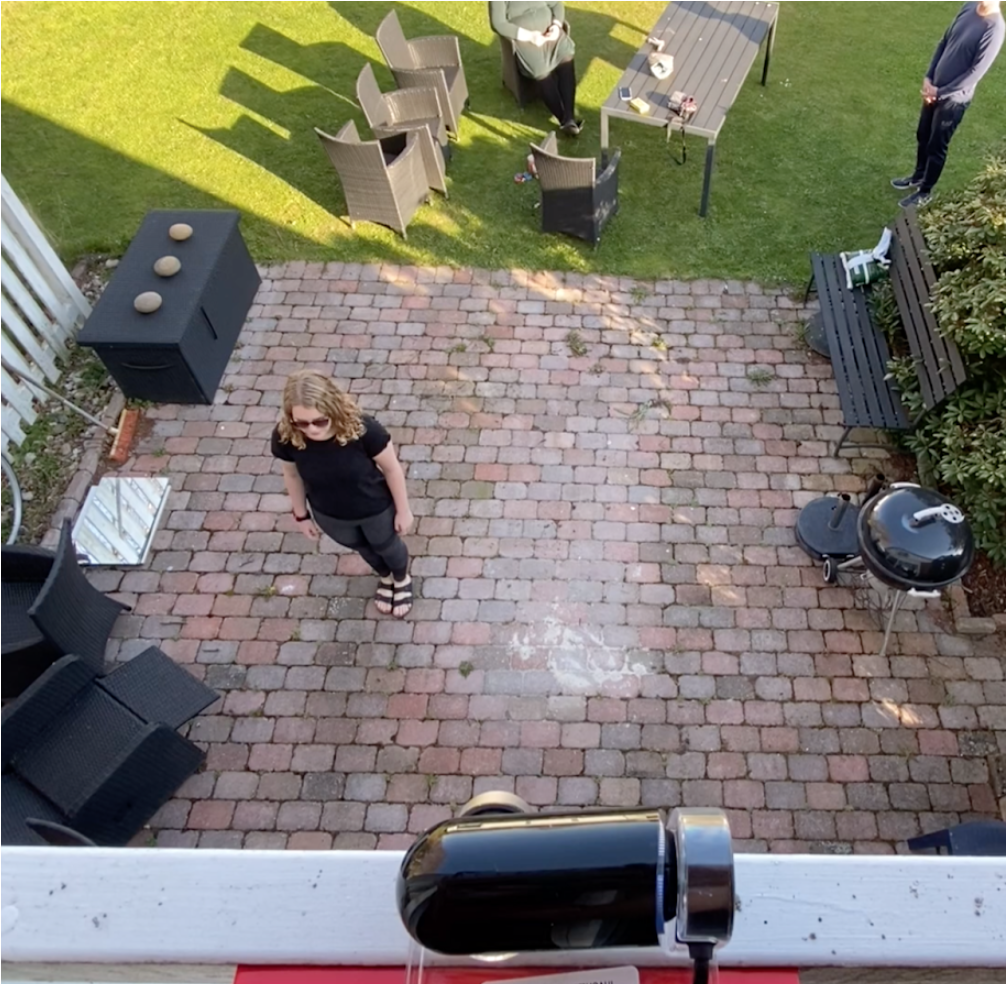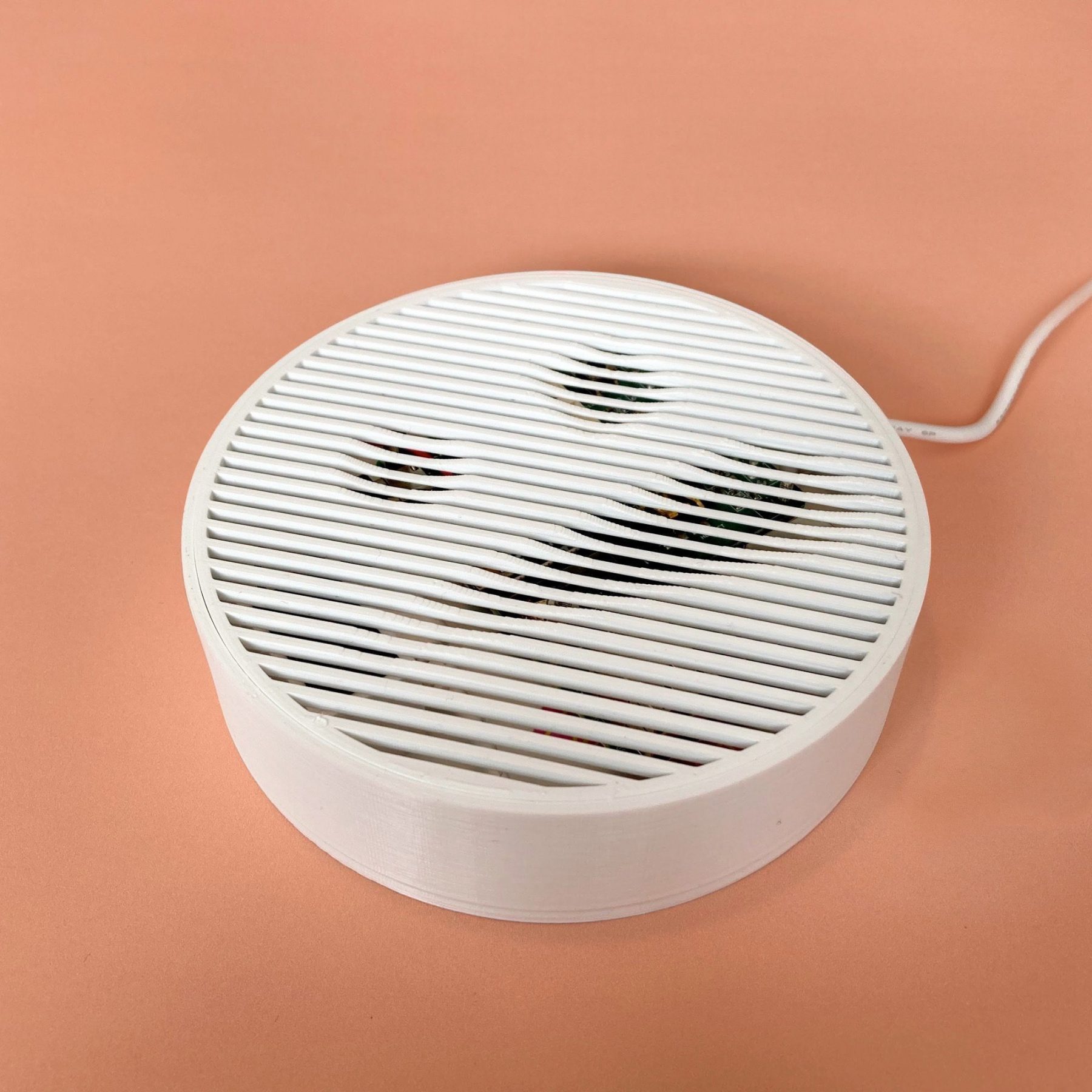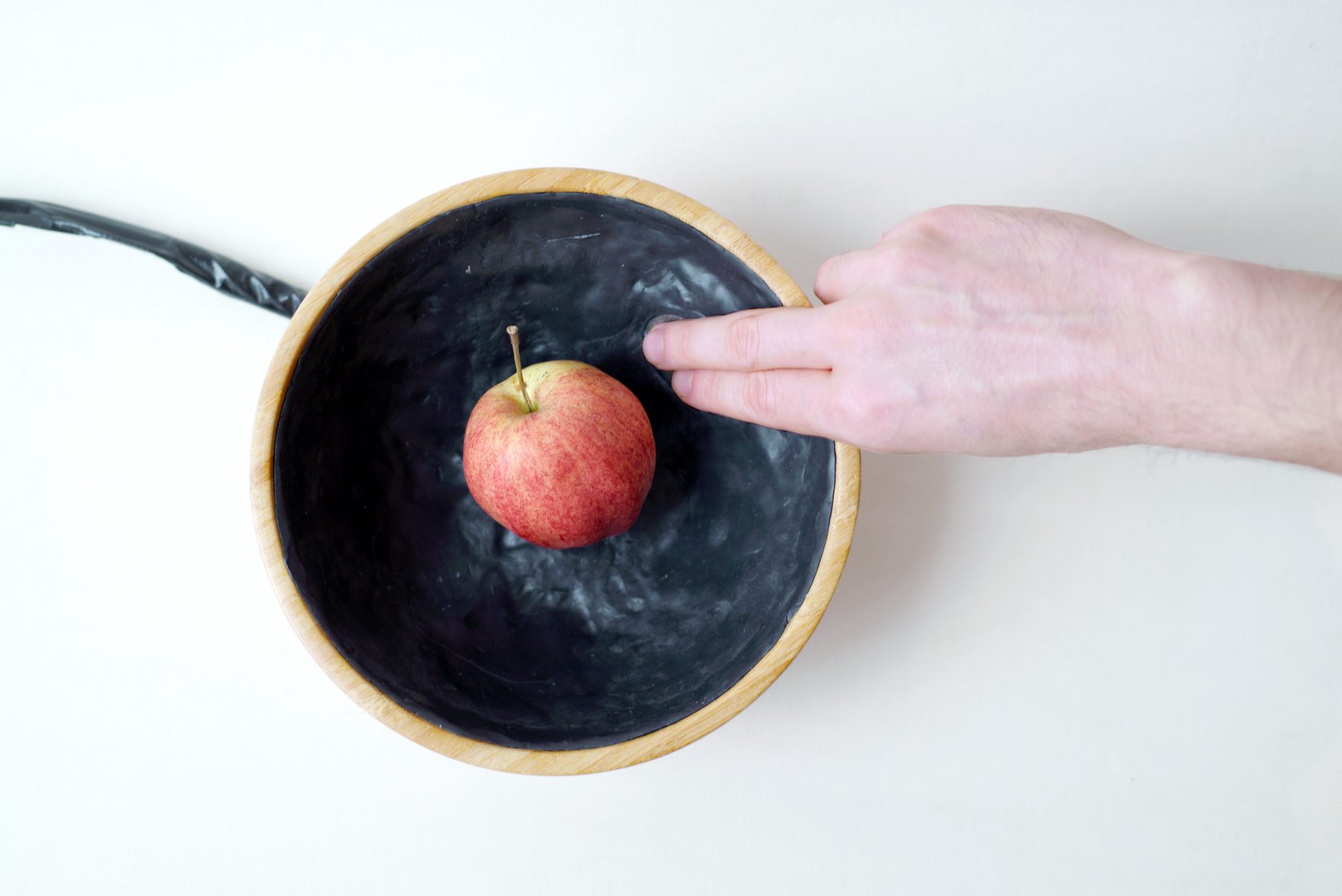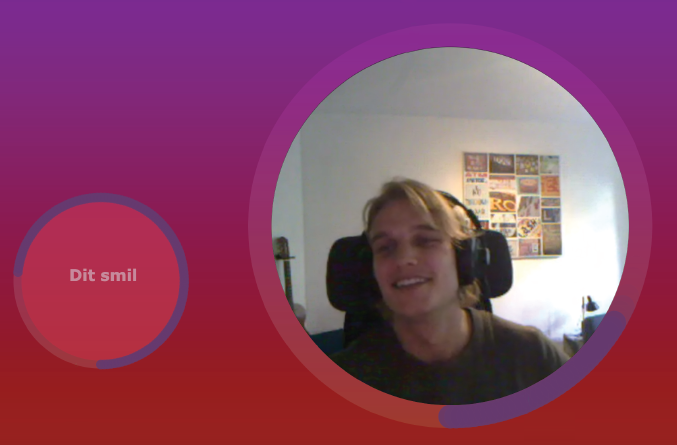LY
LY is a reimagining of our relationship with nature and is the result of a redesign process which started as a critique of the app SHELTER. The app represents an ontological view of nature which sees humans and nature as two separates. This project challenges this view and creates a more sensory and emotional nature experience, grounded in a holistic nature-human ontology. LY is a sensory experience that lets you interact with a nature soundscape through touch-based interactions. The physical installation consists of carefully selected nature elements which is combined to create a wall mounted panel that connote nature. When you put on the attached noise cancelling…

